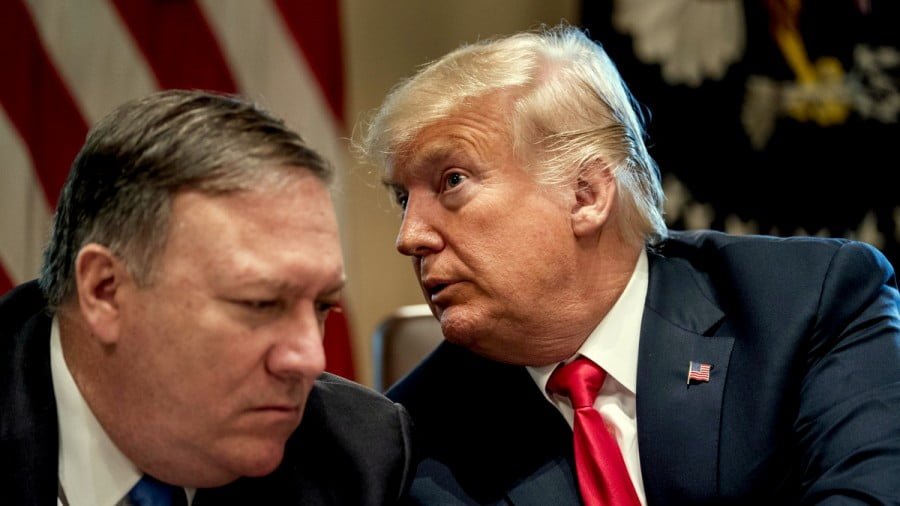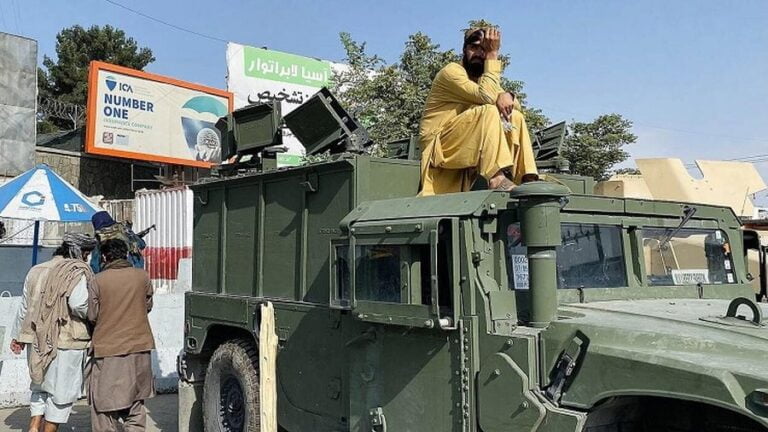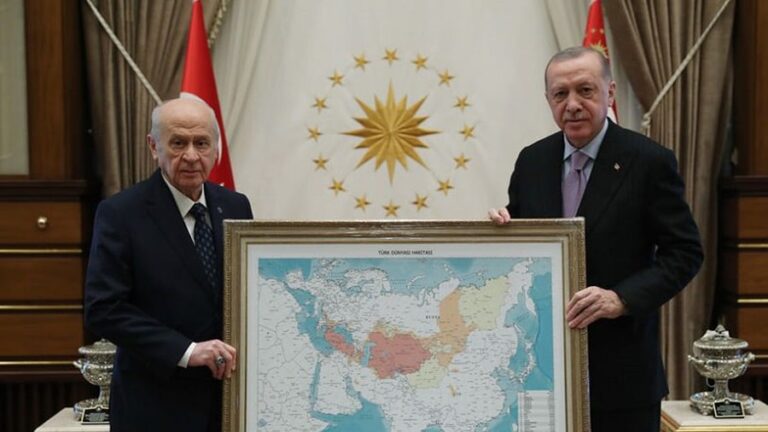NATO Recoils from Trump Spending Salvos
When US President Donald Trump addressed the opening of the NATO summit last week, it was an embarrassing display of American bullying. As Trump lectured the other leaders of the military alliance about laggardly financial commitments, there was much shuffling of feet and grimacing of faces. There were also contemptuous smirks as the president spoke.
Speaking outside the new North Atlantic Treaty Organization headquarters in Brussels, Trump declared that many members «owed» the US a lot of money for their defense. He said it was unfair to American taxpayers that only five out of 28 current NATO members meet an agreed target of allocating 2 per cent of GDP to military spending.
At a photo-op line-up, Trump was seen to push Montenegrin Prime Minister Dusco Markovic out of the way in order to get himself into a prime front row position. The fleeting moment spoke volumes of the American view of fellow NATO members.
It was Trump’s first meeting of the US-led military alliance since his inauguration four months ago. During his presidential campaign, Trump derided the organization as «obsolete». After becoming president, he kind of retracted that complaint to civilian titular head Jens Stoltenberg at a meeting in Washington, when Trump performed a typical U-turn and said he no longer considered NATO obsolete.
Other senior Trump administration officials have sought to repair the damage to relations by making earnest statements on American commitment to NATO. Vice President Mike Pence and Secretary of Defense General James Mattis have described the alliance as a bedrock of American policy.
Trump’s debut in Brussels last week, however, has renewed the strains within NATO. His incessant demand for other members to cough up is aggravating relations – particularly between the US and Germany. His address in Brussels sounded boorish and ill-informed. Trump’s omission to pledge American commitment to «shared defense» under NATO’s Article 5 – as all US presidents customarily do – was also seen as another sign of Trump playing hardball.
Nick Burns, a former US ambassador to NATO under George W Bush, told American news channel CNN that he was «stunned» by Trump’s speech.
«This is the first president since 1949 not to mention Article 5. Every president has reaffirmed collective defense and today was the day for him to do it», said Burns, adding: «I support him on asking allies to spend more on defense. But there is a time and a place. And this wasn’t it. The lecture was the wrong tone and this was the wrong time».
Trump has previously hinted that the US would not automatically come to the defense of other NATO members because of their relatively low financial contributions. That he again pointedly omitted mention of Article 5 in Brussels will unnerve some NATO members, particularly the Baltic states and Poland, who claim they are threatened by Russia, despite Moscow’s repeated assurances that it has no aggressive designs on Europe.
Also of note, Trump cited terrorism as the main threat facing NATO. He did mention Russia as a security challenge in a perfunctory sort of way, but it was noticeable that the American president did not appear to view Moscow as an existential threat. That will further unnerve «Russophobes» within NATO.
The frosty meeting in Brussels was in stark contrast to Trump’s glad-handing with Saudi and other Arab leaders days before. He kicked off his inaugural official foreign trip by first of all visiting Saudi Arabia during which Trump signed a $110 billion arms deal (part of a larger $350 billion sale over 10 years.)
The same ballpark figure cropped up again later during Trump’s tetchy speech to NATO members. He said that if all members who do not currently meet their 2 per cent of GDP spending commitment were to do so then that would generate $119 billion in military allocation per year. Much of that extra cash would go directly into the US economy in the form of new orders for F-16 and F-35 fighter jets, Abrams tanks, Patriot anti-missile systems and other Pentagon-contracted hardware.
It seems clear that the main purpose of Trump’s meet-and-greet the world tour was to drum up as much business as possible for US military industry. No wonder he was effusive in his praise for Saudi and Arab leaders when they were writing such mega checks for American weapons. Not so in Europe, where Trump evidently feels most of the NATO members are cheating the US out of tens of billions of dollars every year from their allegedly feckless commitment to defense.
Has Trump got a point though? That is, are the European members of NATO are freeloaders on American chivalry? It’s not just Trump who thinks that way. His predecessor Barack Obama also griped about «freeloaders» not pulling their weight. There is a general American conception that its military presence in Europe and elsewhere around the world is a chivalrous act of protection, which countries should pay more for. Trump just happens to articulate this view in an unvarnished, gruff manner.
NATO’s 2 per cent of GDP target is an arbitrary guideline. It is not binding. Each member spends on a separate national basis. There is no collective fund and there are no debts to others from those members who do not spend 2 per cent of GDP on military.
It is true that the US is way and above the highest NATO military spender, allocating around 3.6 per cent of GDP annually – well over $600 billion. That represents over 70 per cent of the entire NATO budget.
This compares with relatively low-spending Germany on 1.2 per cent of GDP, Italy on 1.1 per cent and the Netherlands on 1.2 per cent. Ironically, Belgium, which hosts the NATO headquarters, spends less than 1.0 per cent of GDP on military. These countries argue that they allocate a lot more than the US to overseas development aid in Africa and the Middle East, thereby addressing security concerns in a broader, civilian way other than narrow military terms.
Only five members of NATO meet the arbitrary 2 per cent target: US, Britain, Greece, Poland and Estonia.
But the gargantuan US spend is more a reflection of its economy being heavily dependent on a military-industrial complex, than on any supposed noble commitment to defending allies.
Trump’s tour of the Middle East and Europe – while billed by the White House as a peace-building itinerary – was all too evidently really about pushing America’s military industry and global exports of US weaponry.
By doing so, Trump is recklessly adding fuel to an already explosive Middle East. And on relations with Europe, the US president is acutely straining relations with his petulant, unfounded demands that they pay up more for NATO, and in effect subsidize the American economy.
This will lead to further deterioration in relations between Washington and its European allies, especially Germany. Trump has castigated Germany as being not only a laggard in defense spending (a freeloader) but also exploiting the US consumer market with trade surpluses.
Trump’s abrasive attitude to other NATO members last week brings out the real nature of the US relationship. The so-called alliance is really just a spending vehicle for the American economy. In these austere global times, such American bullying will only chafe on the Europeans. This will in turn reinforce calls already underway for an independent EU defense pact, separate from NATO, and possibly led by Germany and France.
By Finian Cunningham
Source: Strategic Culture







